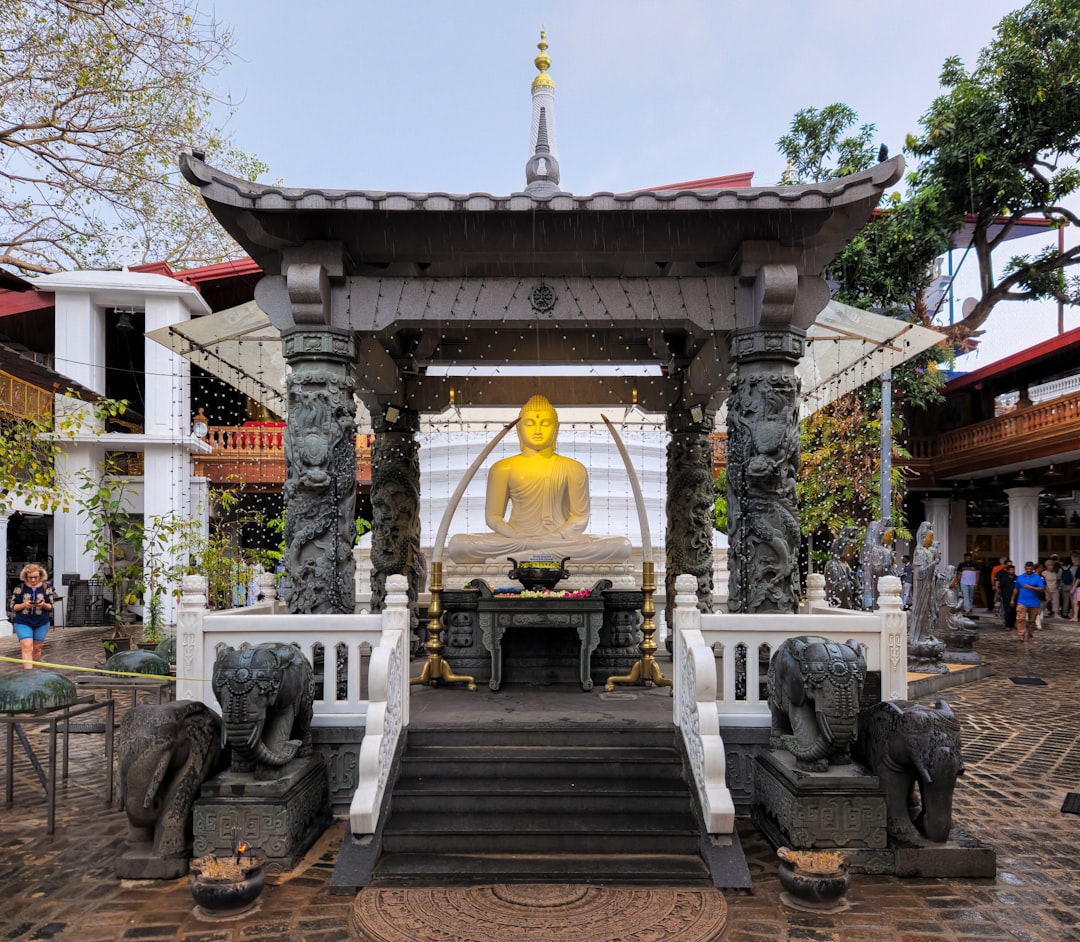
Ultimate Travel Itinerary for Europe: Explore the Best of the Continent
# Introduction. Planning your dream trip to Europe can be an exhilarating yet daunting task. With diverse cultures, scenic landscapes, and rich histories, Europe is a treasure trove of experiences just waiting to be explored. In this comprehensive travel itinerary, we will guide you through some of the must-visit countries in Europe, suggesting key highlights, unique activities, and some insider tips to help you make the most out of your adventure. # Day 1-3: London, England. Your European adventure begins in the bustling capital of England, London. Over your first three days, immerse yourself in the city's rich history and eclectic culture. Visit iconic sites such as the Tower of London and Buckingham Palace. Don’t miss a stroll through Hyde Park and catching a show at the West End. Foodies will rave over Borough Market, where you can taste artisanal dishes and global cuisine. Consider a day trip to nearby Windsor Castle to experience royal history. Be sure to take advantage of London’s extensive public transportation system, including the Tube and buses, making it easy to navigate the city. # Day 4-5: Paris, France. After exploring London, hop on the Eurostar train to Paris. Known as the City of Light, Paris is the epitome of romance and elegance. Spend your first day visiting iconic landmarks such as the Eiffel Tower and the Louvre Museum. Don’t forget to indulge in French pastries at charming local bakeries! On the second day, explore Montmartre and visit the Sacré-Cœur Basilica, where you can enjoy breathtaking views of the city. Consider booking a river cruise down the Seine to admire Paris’s architecture from a unique perspective. # Day 6-7: Rome, Italy. Next stop: the ancient city of Rome. Fly into the Eternal City and prepare for a historical journey. Over the next two days, explore the Colosseum and the Roman Forum, which offer a glimpse into Rome's rich past. Spend an afternoon in Vatican City, visiting St. Peter’s Basilica and the Sistine Chapel, famous for Michelangelo’s masterpiece. Make sure to wander around the Trastevere neighborhood in the evening for authentic Italian cuisine. Don't forget to toss a coin into the Trevi Fountain – a tradition that promises your return to Rome. # Day 8-9: Barcelona, Spain. From Rome, fly to Barcelona, where modernity meets tradition. Take your time soaking in the artistry of Antoni Gaudí by visiting the Sagrada Familia and Parc Güell. Spend your afternoons wandering the Gothic Quarter, indulging in tapas, and enjoying the vibrant atmosphere of La Rambla. Consider catching a football match at the Camp Nou if you’re a sports fan! On your second day, relax at the picturesque Barceloneta Beach or take a cable car ride up to Montjuïc for panoramic views of the city. # Day 10-12: Amsterdam, Netherlands. End your European itinerary in Amsterdam, a city known for its artistic heritage and beautiful canals. Visit the Van Gogh Museum and take a leisurely bike ride through Vondelpark. Don’t miss the Anne Frank House for a poignant exploration of history. Enjoy a canal cruise to see the city from a different angle, and be sure to check out the lively Jordaan district, perfect for shopping and dining. On your last day, visit a local market, like Albert Cuyp, for souvenirs and local delicacies. # Conclusion. Your ultimate travel itinerary for Europe offers an enticing glimpse into some of the most beautiful and historic places on the continent. With well-planned stops in London, Paris, Rome, Barcelona, and Amsterdam, you’ll create lasting memories filled with adventure, culture, and exquisite cuisine. Remember to take the time to soak in your surroundings, interact with locals, and embrace the journey as much as the destinations themselves. Your European adventure awaits! .







